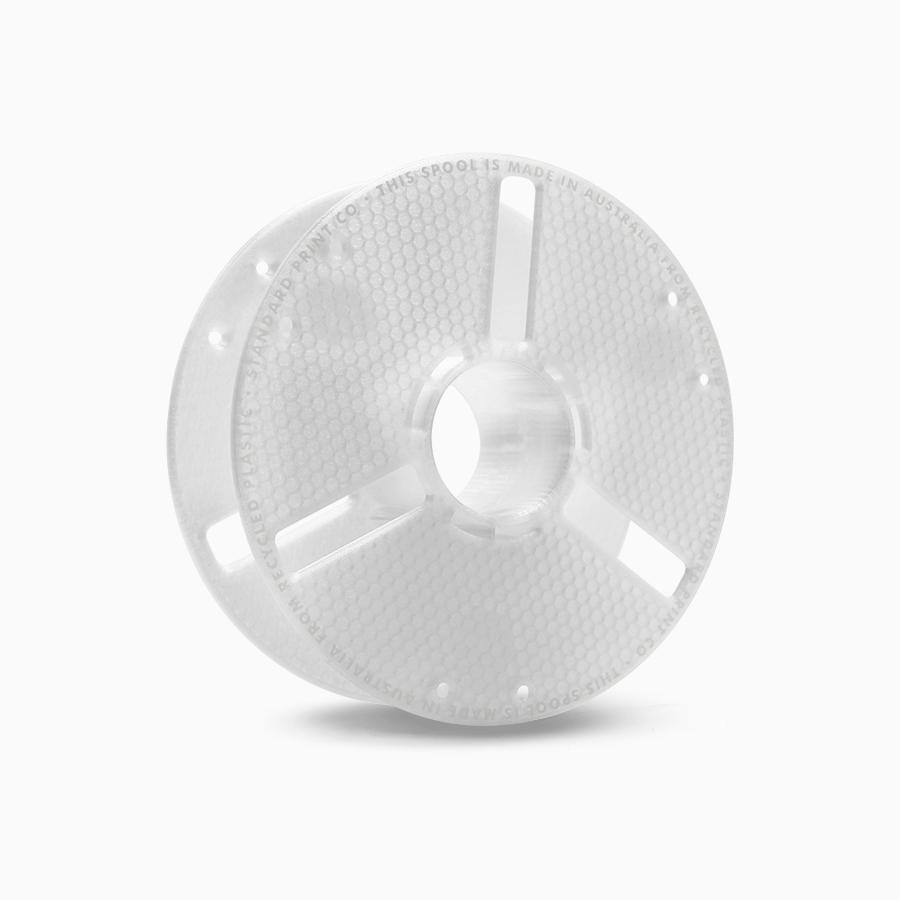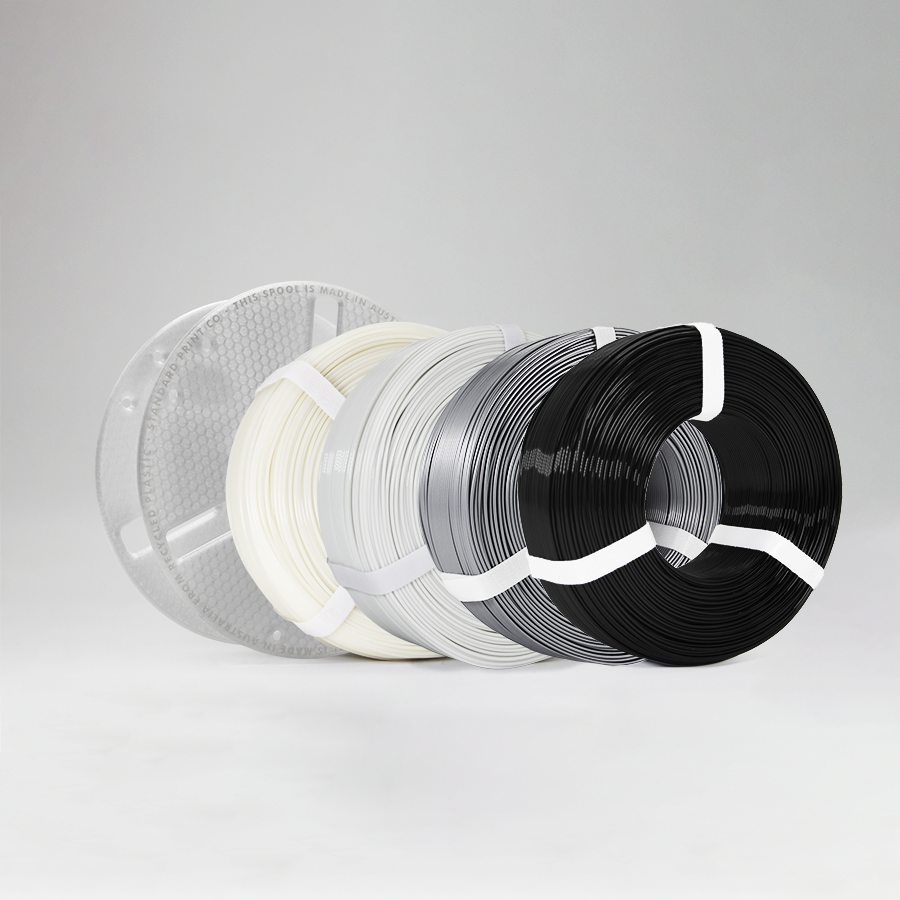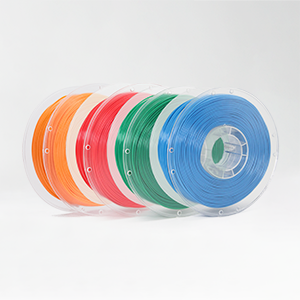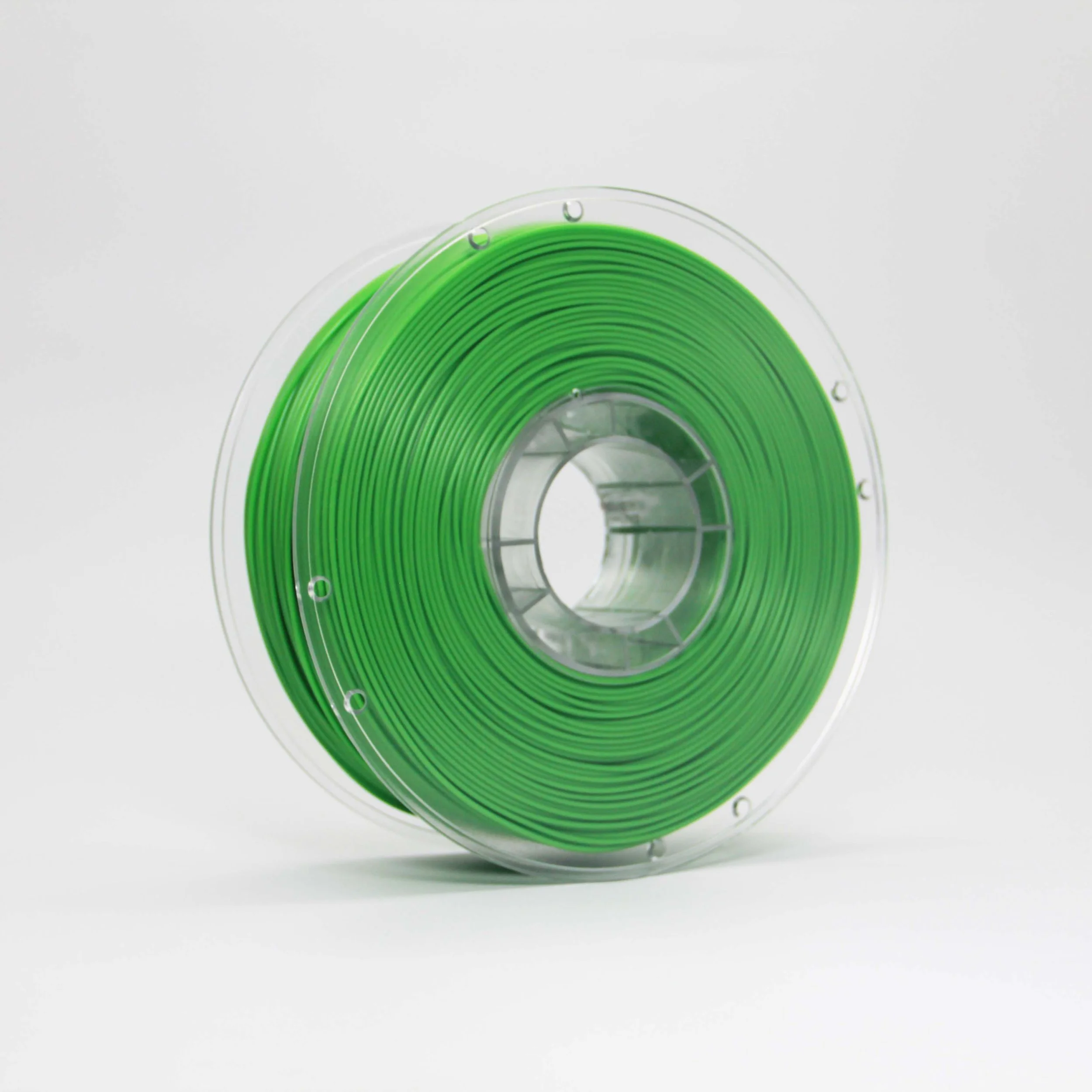ECO System Starter Kit
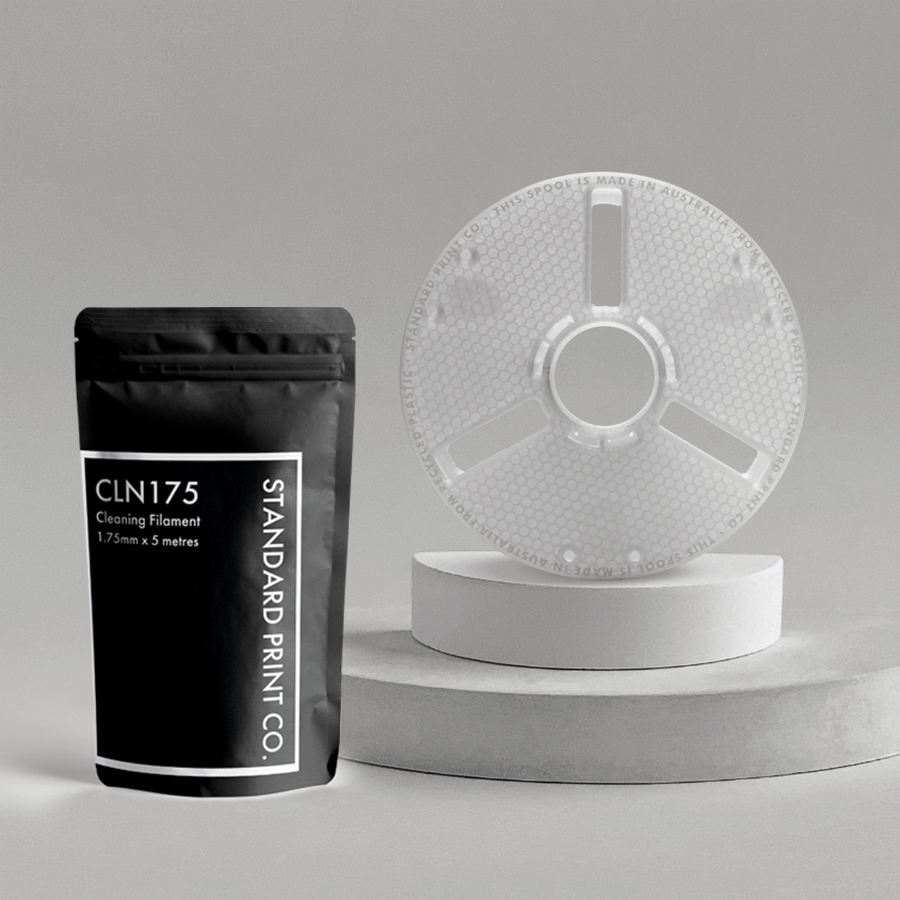

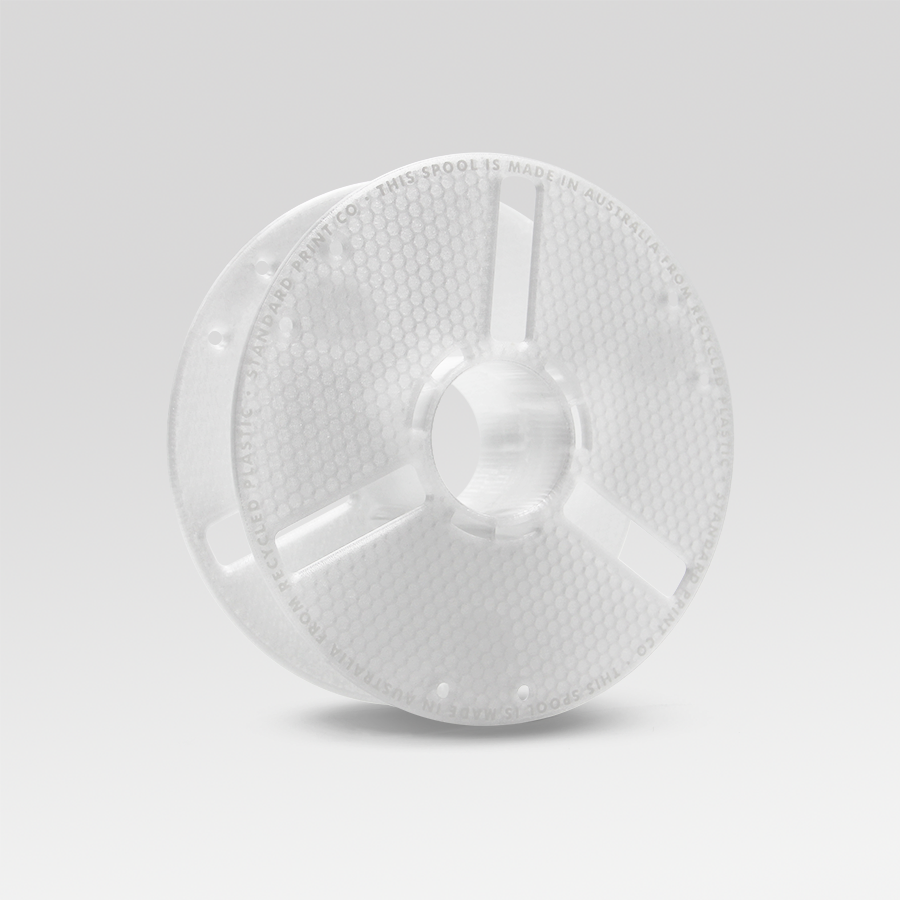
ECO System Starter Kit
ECOsystem Starter Bundle
A starter kit containing everything you’ll need to get started using materials from our refill range.
Contains:
What’s inside?
|
Materials |
90% Recycled rPETG |
Weight: |
205g ± 2g |
Temperature Resistance: |
≤70℃ |
Required Tools: |
None |
TECH SPECS
+ What is an ECO Spool 2?
Gen 2 of the first reusable spooling system available in Australia. ECO Spool 2's are made from 90% post consumer and post industrial 3D pirinting waste and designed to be reloaded with all filament refills. They're sturdy and durable enough to last a lifetime. The ECO spool accepts all our filament refills across our entire range and cuts down on the amount of single use plastic generated from the 3D printing process.
+ How do you reload an ECO Spool 2?
For instructions, see our guide here.
+ Do all refill filaments fit on an ECO Spool 2?
Yes. All refills across our entire material range are designed to fit on our ECO spool 2.
+ Does your ECO spools work on a Bambu Lab AMS??
Yes, our ECO are compatible with Bambu Lab AMS systems.
|
Cleaning Temperature: |
230°C |
Cleaning Method |
Cold Pull |
Colour: |
Natural |
Weight: |
12g ± 2g |
Length: |
5m |
+ What is cleaning filament?
Cleaning filament is a material specially designed for cleaning your 3D printer's extruder system using a method called a Cold Pull.
+ When should I use cleaning filament?
If your printer's extruder is experiencing a partial blockage.
If your printer's nozzle is clogged.
If you regularly print with composite materials.
If you are also switching between materials.
+ What are the signs that my printer's nozzle is clogged?
Filament is failing to extrude from the nozzle.
A noticeable reduction in filament output.
Filament exits the extruder and curls immediately.
Abrasive filament such as carbon fibre filament or wood filament is commonly used.
+ What is the cold pull method?
The Cold Pull Method is an effective means of removing debris and residue from the inside of your nozzle, requiring no disassembly of the extruder system.
| Step 1 | Determine if a clog is present - Bring your printer to the appropriate temperature for the material currently loaded into the extruder and pay close attention to the way the filament is exiting the nozzle. If you notice any of the 4 signs above, your printer may have a clogged nozzle. |
| Step 2 | Raise the extruder head - Using your printer’s manual controls, to allow easy vision and access to extruder head. |
| Step 3 | Heat the nozzle - Heat to 230°C and carefully manually feed filament through the hot end as far as possible. If a partial blockage is present, filament will start to exit the nozzle. If the nozzle is completely blocked, filament may not exit the nozzle at all. Should a complete blockage be present, simply feed the filament as far as it will go. |
| Step 4 | Cool the nozzle - Cool by setting your printer’s manual controls to 0°C, while continuing to push the filament down towards the nozzle. This will ensure that the cleaning filament will completely fill the nozzle cavity and completely envelop the debris inside. Making sure the cavity is filled with the cleaning filament is essential to ensure the cleaning filament has a good grip on the contaminated material. |
| Step 5 | Heat the nozzle and pull - Once the nozzle has cooled to an indicated 40°C, manually reset the extruder temperature to 230°C and prepare to pull the cleaning filament out. |
| Step 6 | Depress the pinch wheel - Decouple the gear securing your filament to your printer (if it has one) and pull on the filament as the nozzle is heating up. Being careful not to pull too hard on the filament as to damage the printer and continue pulling on the filament as the nozzle heats up. The objective is to pull the filament out at the lowest possible temperature possible, ensuring that the filament stays as solid as possible, pulling any potential contaminants in the nozzle out. |
| Step 7 | Inspect the top of the cleaning filament - Inspect for any contaminants. Possible contaminants could include charred filament, metal fragments and other debris that may have collected inside the nozzle. Cut off the tip of the cleaning filament to expose new filament being careful to reserve the cut length. |
| Step 8 | Repeat steps 3 to 7 as needed - For best results, we recommend 4 pulls be completed, using the cut tips of filament from each cold pull to see how much contaminant has been removed. |
Please note: The instructions above are provided for illustrative purposes only. While we do our best to provide clear instructions on how to use our tried and tested products, we cannot guarantee our products will always be handled correctly. As such, use of Standard Print Co's Cleaning Filament is to be carried out at ones own risk. For more information, see our Terms & Conditions.

